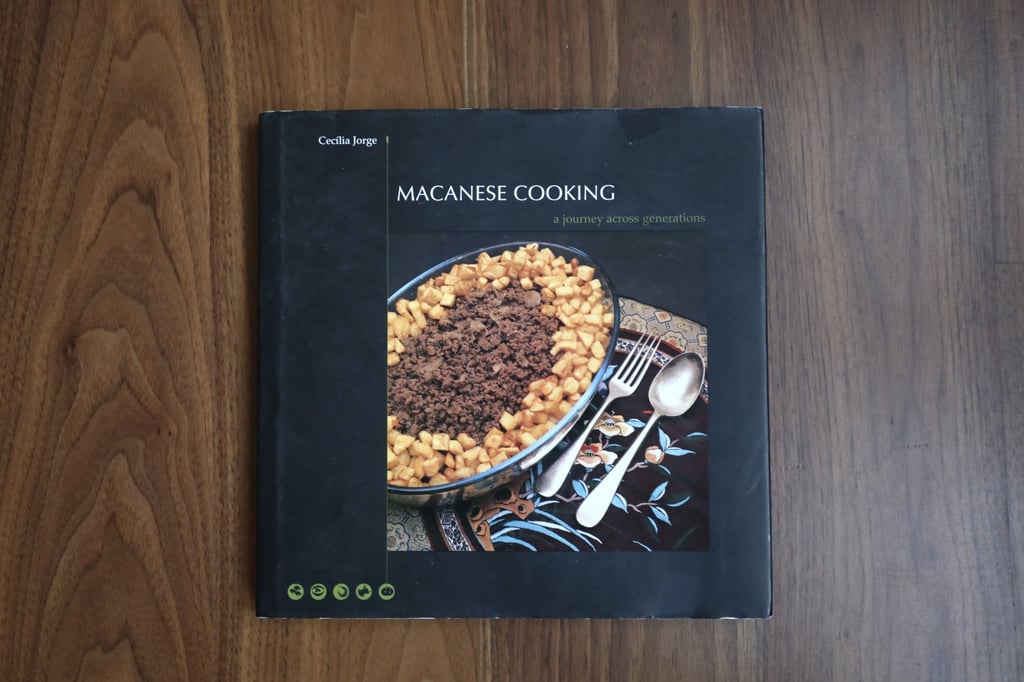Macanese dishes, from minchi to mango pudding, and (roughly) how to cook them
- Coming up with the recipes for Macanese Cooking – A Journey Across Generations was difficult for journalist Cecília Jorge, as cooks each have their own versions
- With few historical records of the food served since the Portuguese arrived in Macau, some of the recipes lack measurements – make them to your own tastes

In the introduction to Macanese Cooking – A Journey Across Generations (2004), journalist Cecília Jorge complains that there isn’t much information about the history of the food of her birthplace.
“It is not easy to describe reliably and accurately what used to be served at the table of our Macanese forebears or what people once ate as their ‘daily bread’ in Macau’s early days almost 450 years ago. There are few accounts and little information about ordinary everyday things such as Macanese customs, not even some chance detail about their clothing and food.
“If chroniclers showed no interest in writing about these matters then neither did travel writers, not to mention academics who only very recently have become concerned with investigating the Macanese, unlike the local Chinese that has attracted so many Westerners for their exoticism and difference.

“Oral tradition, which could have been helpful, has been lost because it is by nature fragile. More perhaps is known about what the English and Americans ate in Macau than what the Portuguese and Macanese did in the Macau of the 1900s thanks to diaries that have survived to this day.”
